I like to fix and build things. It started in college when my roommate and I fixed our broken Playstation with the help of a grainy Youtube tutorial. I loved the fiddly precision of taking out the tiny screws, of carefully peeling back internal components, of finding the offending article, restoring it (in this case it just needed to be wiped off and repositioned) and putting it back together. I especially loved the moment of truth- my fingering hovering over the power button, wondering “will this work?” In this case it did, and my friend and I jumped around the apartment screaming at the top of our lungs.
Since then I’ve fixed lots of things- appliances, motorcycles, gym equipment- and even built some things, getting into carpentry and woodwork a bit. I love the mental exercise, thinking about how things fit together, why one piece is shaped a certain way and what it means, of feeling stuck, stepping away from a project, and returning to see the previous wall melt away in front of a set of fresh eyes.
Worry not, this article is not just me waxing poetic about repair. (If you want more of that I recommend Shop Class as Soulcraft by Matthew Crawford.) I think this concept ties in neatly to what we practice in the gym, because surely our own bodies are the most complex, beautiful, and rewarding machine any of us will have the pleasure of working on (yes, even the Tesla bros building those stupid Cybertrucks.) Our goal at Lumos is to help people build their own instruction manual, full of diagrams, operating sequences, routine maintenance, and troubleshooting.
We do this based on generally understood norms and truths about human bodies. Most of them (although not all!) share the same basic architecture, support systems, and internal components. Using that, we have developed basic movements and patterns that are beneficial, repeatable, and hopefully kind of fun, with which to maintain said bodies. However, in each person “personal instruction manual” it’s as if the first page was a much-photocopied basic schematic drawing, and the rest is left blank. Everything else- how the pieces move, what to do to make them run well, how to identify potential problems or warning signs- that is up for us to write ourselves. And much like early carpenters, engineers, and scientists, the only way to learn is to try, fail, regroup, look at the problem from different angles, and finally figure out your own method. This method is likely informed by your peers, teachers, and environment, but at the end of the day, like any canny old craftsperson, what “works for you” is all that matters.
I had a personal training client and dear friend named Jack. Jack was in his 80’s, had fairly advanced COPD, and our sessions often included as much pontification as they did physical exertion. Jack had been a cabinet maker, and he and I often yakked about building and fixing things. Jack once remarked, in the way that only old guys can, that “kids today are doing it all wrong!” Jack’s theory was that the current generations- roughly everyone born after 1980 or so- had been brought up addicted to praise and fearful of failure. Jack thought that this lead to such a deep fear of failure that tearing apart a car engine or framing your own wall seemed completely impossible. In defense of my larger generation I offered that manufacturers and companies (aka our late-stage capitalist machine) played a part by making things unfixable, shrouded in unopenable plastic cases, their eventual obsolescence a planned certainty. Contrast this with appliances of yesteryear- toasters sold with manuals that showed how to take them apart, replace faulty parts, and put them back together. Jack and I sighed, in curmudgeonly unison, and said, “they don’t make them like they used to.”
Do I once again digress from fitness? Or is Jack’s concept is applicable to our modern day fitness landscape? In too many ways, we have traded a deep sense of understanding, knowledge, and practice of our own physical capacity for commodified and packaged goods with definable shelf lives. We look to glitzy influencers and products that promise faster results with less effort, instead of developing that deep internal knowledge of who we are and what we can do. When something “breaks” we throw up our hands and declare the product junk, instead of taking the time, care, and multiple false starts, mental blocks, and eventual breakthroughs needed to “fix” it.
To (mis)quote a far older, even more opinionated gentleman, Socrates- “No citizen has the right to be an amateur in the matter of physical training. It is a shame…to grow old without seeing the beauty and strength of which your body is capable.” Your body is your first and final project, the most beautiful, complex, and rewarding instrument you will ever handle. There are so many factors today that seek to disassociate us from deeply connecting with our own physical selves. At Lumos, and gyms like ours, our goal is to give you a framework, support, and reliable counsel- and leave space open for you to explore, learn, grow, fail, throw your jump rope across the room in a fit of rage, pick it back up, take a breath…and explore, learn, and grow some more.
